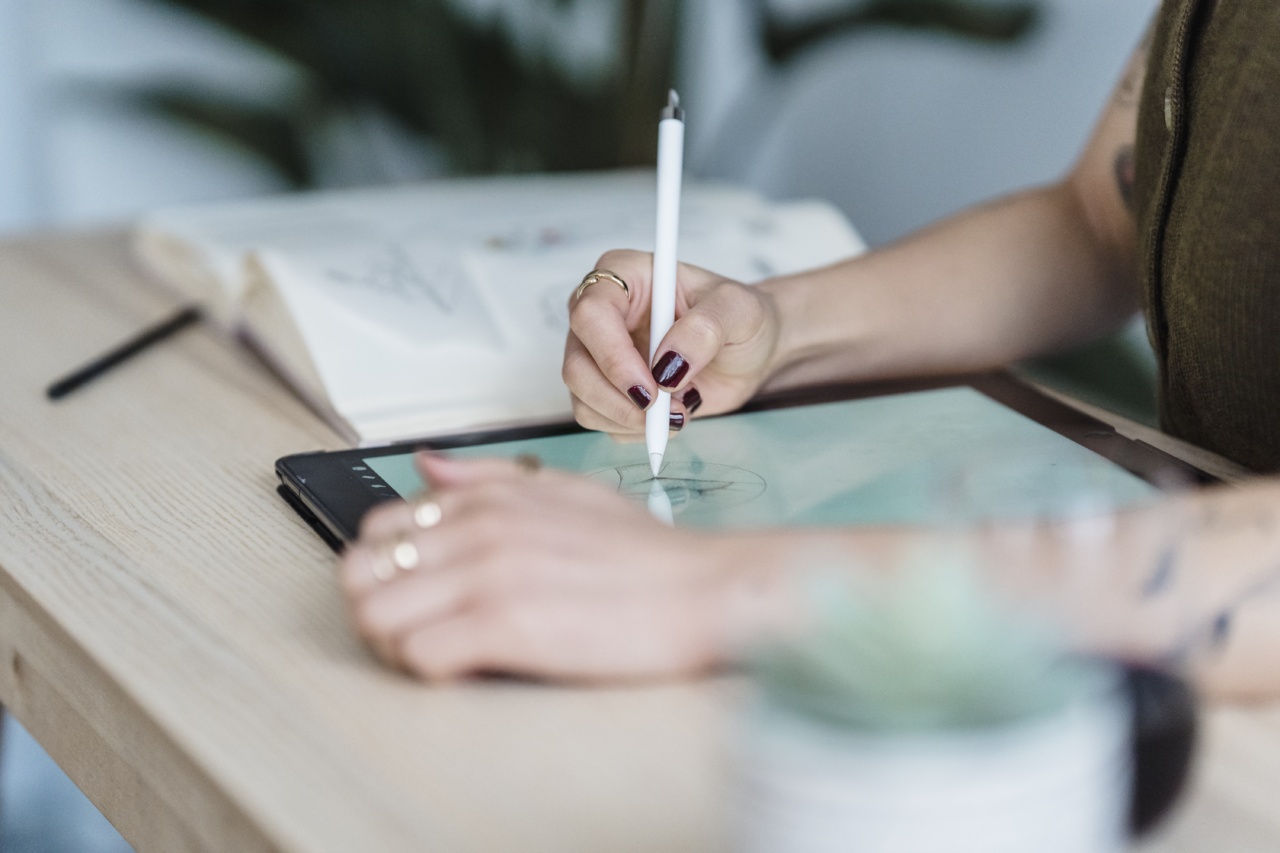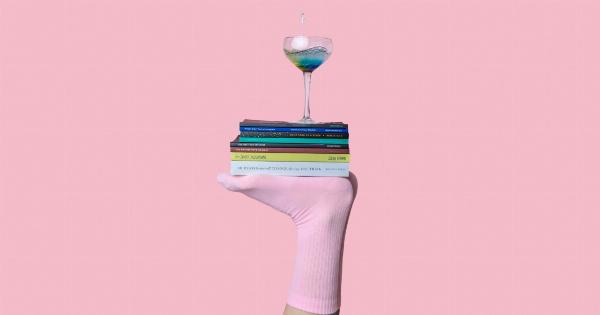Psychotherapy is a type of treatment that helps individuals dealing with mental health issues such as anxiety, depression, and trauma to overcome them.
It focuses on the emotional and mental aspects of a person, and the goal is to talk about and explore the thoughts, feelings, and behaviors that are concerning them. However, traditional talk therapy is not for everyone, as some people may struggle to express themselves through words, or may find it difficult to get in touch with their emotions.
This is where art therapy comes in, utilizing art as a way of expressing and communicating emotions to achieve therapeutic goals.
What Is Art Therapy?
Art therapy is a form of psychotherapy that uses various art forms to help individuals explore their emotions and express themselves.
The art forms used in art therapy can include drawing, painting, sculpture, collage, and other forms of artistic expression. It is often used to address issues related to depression, anxiety, trauma, and addiction, as well as for personal growth and development.
The Benefits of Art Therapy
Art therapy can provide unique benefits beyond traditional talk therapy, as it allows individuals to communicate and explore emotions that may be difficult to express through words. Some of the benefits of art therapy include:.
- • Improved self-esteem
- • Reduced stress and anxiety
- • Increased self-awareness
- • Enhanced problem-solving abilities
- • Improved interpersonal communication skills
- • Increased ability to cope with difficult emotions
How Art Therapy Works
Art therapy involves working with a trained therapist who provides guidance and support during the creative process. In an art therapy session, the therapist may provide specific prompts or leave the individual free to create whatever they wish.
The therapist will then help the individual explore the artwork and how it relates to their thoughts, feelings, and experiences. This can allow individuals to gain insight into their emotions and find new ways to cope with difficult situations and emotions.
Who Can Benefit From Art Therapy?
Art therapy can be useful for individuals of all ages, including children, adolescents, and adults.
It can be particularly helpful for individuals who have experienced trauma, struggle with anxiety or depression, or have difficulty expressing themselves verbally. It can also be helpful for those in addiction recovery, as it allows them to explore the underlying emotions and issues that may have led to addiction.
Using Art Therapy at Home
While art therapy is often conducted with a trained therapist, there are ways to use art at home as a form of self-care. Here are some activities to try:.
- • Mindful coloring: coloring books for adults can be a great way to relax and stay in the present moment
- • Journaling: incorporating art into journaling can provide a visual representation of thoughts and emotions
- • Collaging: cutting and pasting images from magazines or other sources can be a way to explore thoughts and feelings in a creative way
Conclusion
Art therapy is an effective form of psychotherapy that uses the creative process to help individuals explore their emotions and express themselves.
It can be particularly helpful for individuals who struggle with traditional talk therapy or have difficulty expressing themselves verbally. Whether done with a trained therapist or as a form of self-care at home, art therapy can provide a unique way of gaining insight into one’s emotions and developing coping strategies.






























